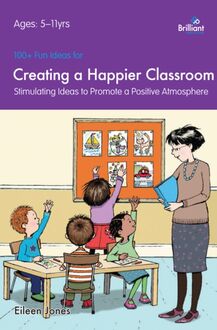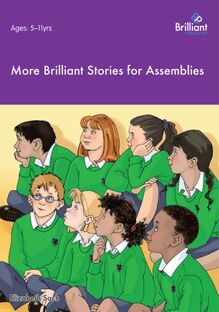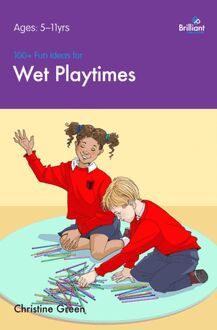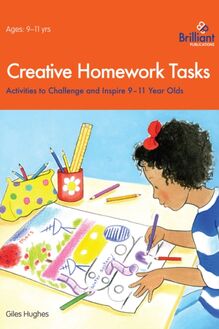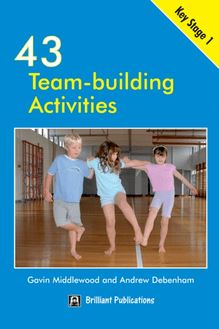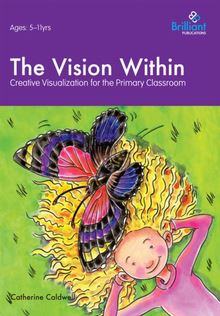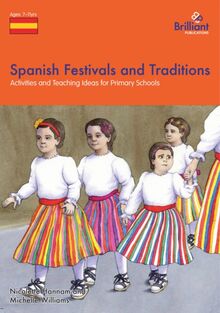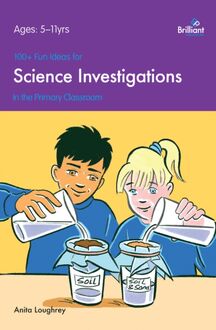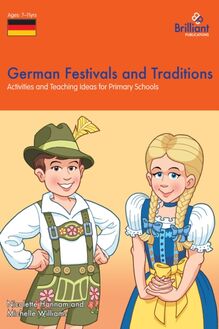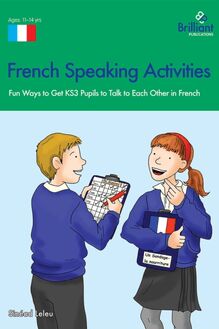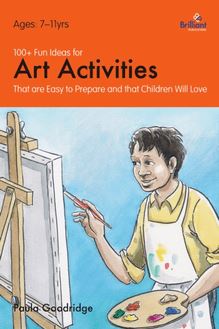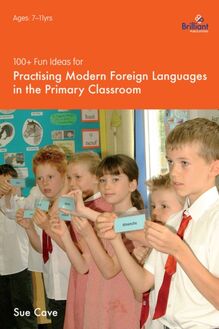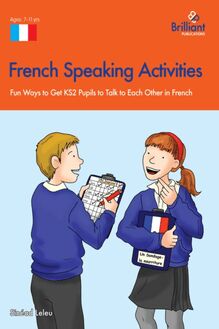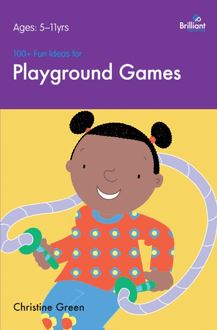-
 Univers
Univers
-
 Ebooks
Ebooks
-
 Livres audio
Livres audio
-
 Presse
Presse
-
 Podcasts
Podcasts
-
 BD
BD
-
 Documents
Documents
-
- Cours
- Révisions
- Ressources pédagogiques
- Sciences de l’éducation
- Manuels scolaires
- Langues
- Travaux de classe
- Annales de BEP
- Etudes supérieures
- Maternelle et primaire
- Fiches de lecture
- Orientation scolaire
- Méthodologie
- Corrigés de devoir
- Annales d’examens et concours
- Annales du bac
- Annales du brevet
- Rapports de stage
La lecture à portée de main
Vous pourrez modifier la taille du texte de cet ouvrage
Découvre YouScribe en t'inscrivant gratuitement
Je m'inscrisDécouvre YouScribe en t'inscrivant gratuitement
Je m'inscrisEn savoir plus
Vous pourrez modifier la taille du texte de cet ouvrage
En savoir plus

Description
Sujets
Informations
| Publié par | Andrews UK |
| Date de parution | 24 avril 2013 |
| Nombre de lectures | 0 |
| EAN13 | 9780857475985 |
| Langue | English |
Informations légales : prix de location à la page 0,0600€. Cette information est donnée uniquement à titre indicatif conformément à la législation en vigueur.
Extrait
Title page
The Vision Within
A Practical Introduction to Creative Visualization for use in the Primary Classroom
Catherine Caldwell
Publisher’s information
Published by Brilliant Publications
Unit 10,
Sparrow Hall Farm,
Edlesborough,
Dunstable,
Bedfordshire,
LU6 2ES
Website: www.brilliantpublications.co.uk
General information enquiries:
Tel: 01525 222292
Fax: 01525 222720
Email: info@brilliantpublications.co.uk
The name ‘Brilliant Publications’ and the logo are registered trade marks.
Written by Catherine Caldwell
Illustrated by Brilliant Publications
Cover illustration by Caroline Ewen
© 2010 Catherine Caldwell (text); Brilliant Publications (design and layout)
First published 2010
2013 digital version by Andrews UK Limited
The right of Catherine Caldwell to be identified as the author of this work has been asserted by herself in accordance with the Copyright, Design and Patents Act 1988.
The material in this book may not be reproduced in any form or for any other purpose without the prior permission of the publisher.
Preface
I am passionate about the value of visualization techniques in calming and expanding the mind. My work with primary-aged children over the past decade has taught me that, whilst it is important to equip children with academia, life skills are the lasting impression we should and will impart. The stressful society in which most of us now live and work confronts our future adults with the challenge of balancing mind, home and work. My hope is that teachers can support this task and journey by providing the art of meditation into their pupils repertoire of life skills.
I would like to thank Brenda Golding; holistic therapist and creative meditation specialist, for giving me the inspiration and self-belief to write this book.
Introduction
Reasons for incorporating ‘visualizations’ into classroom teaching
There has been much research and development within education in recent years, on the importance of stimulating and motivating the brain and the body to achieve optimum learning. Whether this be through widespread daily classroom brain exercises, drinking more water, employing accelerated learning techniques or physical aerobic activities to balance and coordinate the senses. However, I purport that meditation-based activities are equally important. Calming meditative activities that relax the body and, in turn, stimulate the imaginative aspects of the brain can wake up the creative potential of our brains. The visualization activities in this book provide ideas for such relaxation and meditation work within the classroom environment.
Visualization can be used on many different levels to develop the individual child and enhance the curriculum. Visualization techniques and journeys of the mind allow children to expand and explore their creative minds and therefore extend imaginative and creative thinking processes; as now identified by the DfE as a key aspect of learning within education. Visualization affords the opportunities to teach children how to relax and reflect on their own thoughts rather than simply relying on external stimuli to relax. This, in turn, will undoubtedly provide a valuable long term life skill of being able to individually relax when required, reflect and self regulate, as children develop into adults in our ever increasingly stressful world.
Exploring visualizations and understanding how to relax the body and mind can be extremely powerful. We all have the ability to explore journeys in our minds. Some adults and children can immediately see and experience what is heard during a guided visualization whilst others may take longer to be able to fully engage with the experience. The art of visualization allows us to enter our own ‘virtual realities’ where our subconscious minds extend our creative thoughts. Having worked through visualizations as an adult, I have used a simplified version and techniques to guide children through familiar settings but with freedom to allow their creative minds to wander. It is important that visualizations for children are within the realms of their current knowledge of the world around them and that the children have an understanding of the vocabulary used; both for real and fantasy journeys.
Some of the visualizations within the book are short stand-alone sessions that can be used repeatedly, whilst others build upon each other over several sessions with a similar theme and structure. Use this book as a recipe book of visualizations and, as with all good recipe books, the reader will be able to follow the visualizations word for word. However, in time the reader will hopefully begin to experiment and change the contents depending on the needs in their class and with whom they are working. Also, with experience, the reader will begin to feel more confident and flexible with timings. For these reasons I have included the section ‘Creating your own visual journeys’ at the end of the book. This section provides guidance on how to structure and develop your own visualization sequences.
When to incorporate visualization into the timetable
Visualization and relaxation techniques can be addressed as frequently as the timetable allows! The visualizations within this book are of varying lengths and therefore can be incorporated into a timetable in a highly flexible way. It may be most appropriate to develop relaxation within the curriculum during a specific theme or allocated term. Alternatively, visualizations may be explored at the start or end of a day for short periods of time. Visual journeys typically last for approximately 10 minutes and therefore provide an ideal teaching aid as a mental warm-up to a lesson or a plenary to reinforce or develop a session further. Many teachers already use a form of relaxation as part of the classic physical education cool down. This is an ideal time to begin exploring and investigating the art of relaxation and breathing techniques with children; although possibly not the visualization activities. Those teachers amongst us who are well versed in the art of yoga will know the value and positive experience of cool down and meditation activities at the end of a yoga session.
Creative visualizations do not necessarily need follow-up activities to complete the experience. The long-term benefits of exploring the art of creative visualization techniques may be the focus of the work. You may decide that the activity and process of visualizing is enough. The children have relaxed and experienced a quiet thoughtful journey in their mind and this alone is the learning experience. However, activities may be usefully utilized before and after each visualization in order for the children to explore their experiences further and express what they have seen whilst in a meditative state. Many children will want to share their thoughts and will find it beneficial to do so. Therefore, each visualization sequence is accompanied by a selection of possible follow-up activities. Many of the activities are generic and can easily be adapted for use with different visualizations within this book.
The creative visualizations sequences developed within this resource book are designed to be used with children aged 6–10, however, visualizations can be accessed throughout the primary years.
Linking visualization and the Key Aspects of Learning
The drive to improve standards in education has resulted in several important and wide reaching documents being created during recent years. A whole school or class focus on visualization fits comfortably within the agendas of Every Child Matters (DfES 2003) and Excellence and Enjoyment: learning and teaching in the primary years (DfES 2004); which includes a focus on the twelve Key Aspects of Learning. In approaching and integrating the Key Aspects of Learning the most obvious aspect addressed by visualization work is ‘Creative Thinking’. However, of the twelve key aspects, most can be developed through meditative style work. Furthermore, the widely used Social and Emotional Aspects of Learning (SEAL)(DfES 2005) resource advocates the use of visualizations within some of the specific modules of work.
Creative thinking
Creative thinking involves using our imagination and developing our own original thoughts and ideas. Whilst children are guided through each visualization, they must imagine and develop each scene for themselves since each visualization is led by words without pictures. The words therefore act as a guide for images which will be as unique as the individual mind in which they are constructed. The visualization presents a stimulus for children to develop their own thinking.
Information processing
Information processing involves collecting and comparing a range of information from a variety of sources. During a visualization pupils are required to mentally sort and process familiar and abstract information that is provided in an oral form. Information is added from the listener by drawing upon first-hand experiences which are then processed for that individual listener to comprehend and to make sense of the happenings within the visualization.
Enquiry and problem solving
Enquiry and problem solving involves questioning and answering in relation to our surroundings and the wealth of everyday scenarios with which we are presented. Visualizations afford an occasion for children to explore their own imagination. This is achieved through the inclusion of questions during the visualizations, for example in Colours; and after visualization through the utilization of open questioning in the follow-up activities, for example The beach.
Reasoning
Reasoning involves supplying opinions and makin
-
 Univers
Univers
-
 Ebooks
Ebooks
-
 Livres audio
Livres audio
-
 Presse
Presse
-
 Podcasts
Podcasts
-
 BD
BD
-
 Documents
Documents
-
Jeunesse
-
Littérature
-
Ressources professionnelles
-
Santé et bien-être
-
Savoirs
-
Education
-
Loisirs et hobbies
-
Art, musique et cinéma
-
Actualité et débat de société
-
Jeunesse
-
Littérature
-
Ressources professionnelles
-
Santé et bien-être
-
Savoirs
-
Education
-
Loisirs et hobbies
-
Art, musique et cinéma
-
Actualité et débat de société
-
Actualités
-
Lifestyle
-
Presse jeunesse
-
Presse professionnelle
-
Pratique
-
Presse sportive
-
Presse internationale
-
Culture & Médias
-
Action et Aventures
-
Science-fiction et Fantasy
-
Société
-
Jeunesse
-
Littérature
-
Ressources professionnelles
-
Santé et bien-être
-
Savoirs
-
Education
-
Loisirs et hobbies
-
Art, musique et cinéma
-
Actualité et débat de société
- Cours
- Révisions
- Ressources pédagogiques
- Sciences de l’éducation
- Manuels scolaires
- Langues
- Travaux de classe
- Annales de BEP
- Etudes supérieures
- Maternelle et primaire
- Fiches de lecture
- Orientation scolaire
- Méthodologie
- Corrigés de devoir
- Annales d’examens et concours
- Annales du bac
- Annales du brevet
- Rapports de stage
